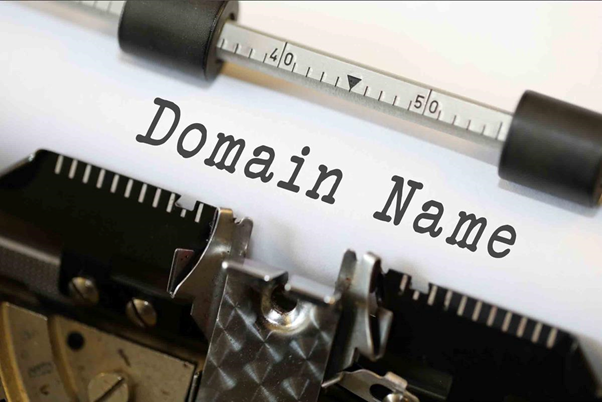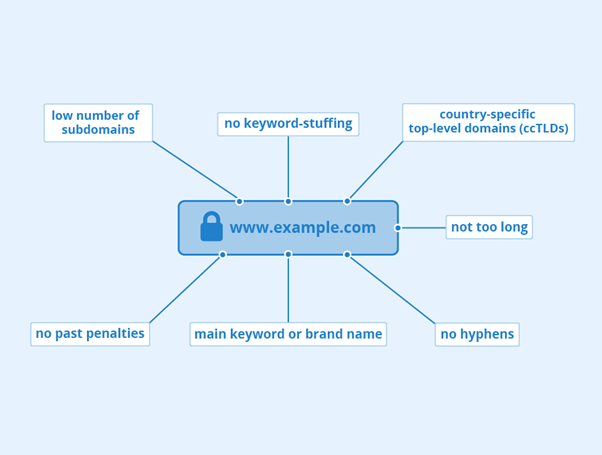
During 2020, it was announced that several domain names beginning with ‘Go’ had been stolen via the GoDaddy website. The 15 domain names belonged to Scott Petretta, owner of Multi-Force Corporation, who had registered them around two decades ago as part of his business. It is unsure when exactly they were stolen, with some of them already having been sold on to third parties and end users by the time Petretta made the discovery.
What Are the Legal Implications?
This is an unusual case, as an end user who bought one of the domain names – GoParts.com – sued Petretta for cybersquatting with the domain before he managed to file his suit to get the domain name back. Cybersquatting, or domain squatting, as it is otherwise known, is the act of registering a domain name with the intention of reselling it to a business with that name for a profit. It seems that there have been ongoing issues between Petretta and the new owner, Go-Parts, who had wanted the domain name for some time and had previously sent a cease-and-desist letter to Petretta. This, however, did not amount to anything due to the latter already owning the domain name when Go-Parts registered as a trademark. When the domain name became available on GoDaddy.com for a fraction of the price that Petretta was asking for it, they snapped it up, before being informed by GoDaddy that the transaction would be cancelled because of a lawsuit being filed to recover the domain name.
Can You Protect your Domain Name?
There are steps you can take to help to protect your domain name from theft. Firstly, secure your web hosting through a trusted company such as https://www.names.co.uk/web-hosting, who are able to provide security measures to help protect your domain. If they offer added security measures such as site locking and SSL certificates, it may well be worth the extra cost to avoid potential legal issues down the line.
Secondly, make sure you don’t miss renewals. Ensure you know when your renewal is due and that the correct email is registered for correspondence so that renewal reminders aren’t missed. Just beware of fake renewal emails from bogus companies. Carefully check that renewal emails you receive are from your provider, and if in doubt, visit your account through your browser to check details instead of clicking on email links.

